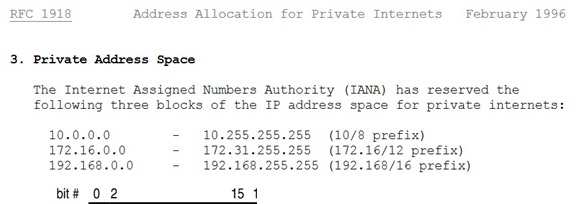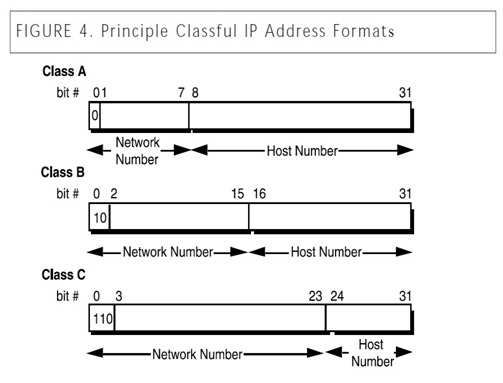Which of the following protocols suite does the Internet use?
A. IP/UDP/TCP
B. IP/UDP/ICMP/TCP
C. TCP/IP
D. IMAP/SMTP/POP3
A. IP/UDP/TCP
B. IP/UDP/ICMP/TCP
C. TCP/IP
D. IMAP/SMTP/POP3
Correct Answer: C
Explanation:
Transmission Control Protocol/Internet Protocol (TCP/IP) is the common name for the suite of protocols that was developed by the Department of Defense (DoD) in the 1970’s to support the construction of the internet. The Internet is based on TCP/IP.
The Internet protocol suite is the networking model and a set of communications protocols used for the Internet and similar networks. It is commonly known as TCP/IP, because its most important protocols, the Transmission Control Protocol (TCP) and the Internet Protocol (IP), were the first networking protocols defined in this standard. It is occasionally known as the DoD model, because the development of the networking model was funded by DARPA, an agency of the United States Department of Defense.
TCP/IP provides end-to-end connectivity specifying how data should be formatted, addressed, transmitted, routed and received at the destination. This functionality has been organized into four abstraction layers within the DoD Model which are used to sort all related protocols according to the scope of networking involved.
From lowest to highest, the layers are:
The link layer, containing communication technologies for a single network segment (link),
The internet layer, connecting independent networks, thus establishing internetworking, The transport layer handling process-to-process communication, The application layer, which interfaces to the user and provides support services. The TCP/IP model and related protocols are maintained by the Internet Engineering Task Force (IETF).
The following answers are incorrect:
IP/UDP/TCP. This is incorrect, all three are popular protocol and they are not considered a suite of protocols.
IP/UDP/ICMP/TCP. This is incorrect, all 4 are some of the MOST commonly used protocol but they are not called a suite of protocol.
IMAP/SMTP/POP3 . This is incorrect because they are all email protocol and consist of only a few of the protocol that would be included in the TCP/IP suite of protocol.
Reference(s) used for this question: Hernandez CISSP, Steven (2012-12-21). Official (ISC)2 Guide to the CISSP CBK, Third Edition ((ISC)2 Press) (Kindle
Locations 5267-5268). Auerbach Publications. Kindle Edition. http://en.wikipedia.org/wiki/Internet_protocol_suite
The Internet protocol suite is the networking model and a set of communications protocols used for the Internet and similar networks. It is commonly known as TCP/IP, because its most important protocols, the Transmission Control Protocol (TCP) and the Internet Protocol (IP), were the first networking protocols defined in this standard. It is occasionally known as the DoD model, because the development of the networking model was funded by DARPA, an agency of the United States Department of Defense.
TCP/IP provides end-to-end connectivity specifying how data should be formatted, addressed, transmitted, routed and received at the destination. This functionality has been organized into four abstraction layers within the DoD Model which are used to sort all related protocols according to the scope of networking involved.
From lowest to highest, the layers are:
The link layer, containing communication technologies for a single network segment (link),
The internet layer, connecting independent networks, thus establishing internetworking, The transport layer handling process-to-process communication, The application layer, which interfaces to the user and provides support services. The TCP/IP model and related protocols are maintained by the Internet Engineering Task Force (IETF).
The following answers are incorrect:
IP/UDP/TCP. This is incorrect, all three are popular protocol and they are not considered a suite of protocols.
IP/UDP/ICMP/TCP. This is incorrect, all 4 are some of the MOST commonly used protocol but they are not called a suite of protocol.
IMAP/SMTP/POP3 . This is incorrect because they are all email protocol and consist of only a few of the protocol that would be included in the TCP/IP suite of protocol.
Reference(s) used for this question: Hernandez CISSP, Steven (2012-12-21). Official (ISC)2 Guide to the CISSP CBK, Third Edition ((ISC)2 Press) (Kindle
Locations 5267-5268). Auerbach Publications. Kindle Edition. http://en.wikipedia.org/wiki/Internet_protocol_suite



